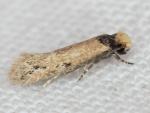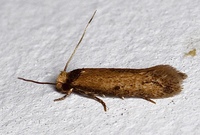
| Recorded by: Stephen Dunn on 2024-07-30
Orange Co.
Comment: | 
| Recorded by: Hunter Phillips on 2024-06-14
Onslow Co.
Comment: |
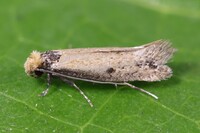
| Recorded by: Rob Van Epps on 2023-09-06
Mecklenburg Co.
Comment: | 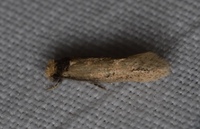
| Recorded by: Stephen Dunn on 2023-09-05
Orange Co.
Comment: |
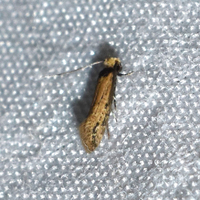
| Recorded by: David George, Jeff Niznik on 2023-09-04
Orange Co.
Comment: | 
| Recorded by: David George on 2023-08-15
Orange Co.
Comment: |

| Recorded by: Jim Petranka on 2023-06-01
Madison Co.
Comment: | 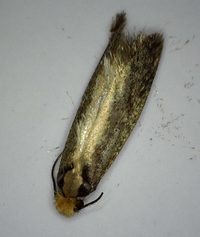
| Recorded by: David George on 2023-04-05
Durham Co.
Comment: |

| Recorded by: David George on 2023-04-05
Durham Co.
Comment: | 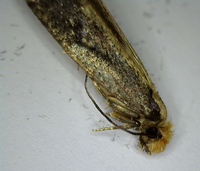
| Recorded by: David George on 2023-04-05
Durham Co.
Comment: |

| Recorded by: David George, L. M. Carlson on 2022-07-30
Orange Co.
Comment: | 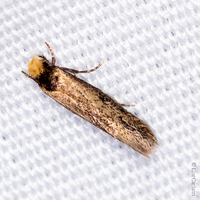
| Recorded by: David George, L. M. Carlson on 2022-07-30
Orange Co.
Comment: |
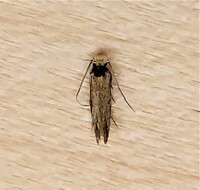
| Recorded by: Gary Maness on 2022-07-11
Guilford Co.
Comment: | 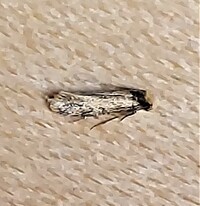
| Recorded by: Gary Maness on 2022-07-11
Guilford Co.
Comment: |
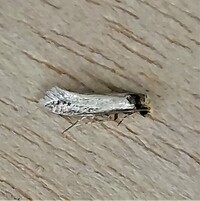
| Recorded by: Gary Maness on 2022-06-05
Guilford Co.
Comment: | 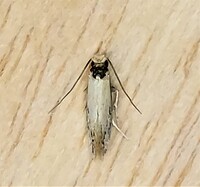
| Recorded by: Gary Maness on 2022-06-05
Guilford Co.
Comment: |
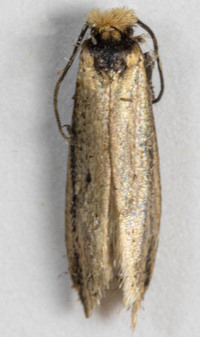
| Recorded by: Stephen Hall on 2022-05-03
Durham Co.
Comment: | 
| Recorded by: R. Newman on 2021-10-13
Carteret Co.
Comment: |
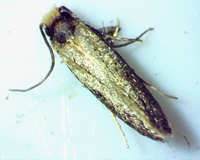
| Recorded by: Ken Kneidel on 2021-09-11
Mecklenburg Co.
Comment: | 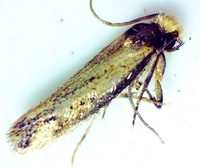
| Recorded by: Ken Kneidel on 2021-09-11
Mecklenburg Co.
Comment: |
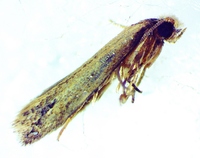
| Recorded by: Ken Kneidel on 2021-09-11
Mecklenburg Co.
Comment: | 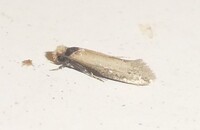
| Recorded by: Simpson Eason on 2021-08-20
Durham Co.
Comment: |
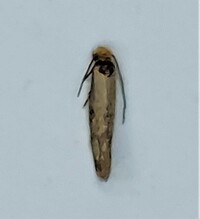
| Recorded by: Gary Maness on 2021-05-24
Guilford Co.
Comment: | 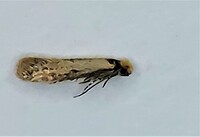
| Recorded by: Gary Maness on 2021-05-24
Guilford Co.
Comment: |

| Recorded by: Mark Shields on 2020-10-15
Onslow Co.
Comment: | 
| Recorded by: Simpson Eason on 2020-05-16
Durham Co.
Comment: |

| Recorded by: Mark Shields on 2020-05-16
Onslow Co.
Comment: | 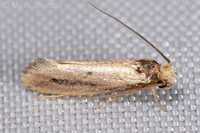
| Recorded by: Mark Shields on 2020-01-10
Onslow Co.
Comment: |

| Recorded by: Mark Shields on 2019-10-05
Onslow Co.
Comment: | 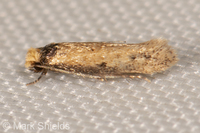
| Recorded by: Mark Shields on 2019-08-24
Onslow Co.
Comment: |
|

 »
»